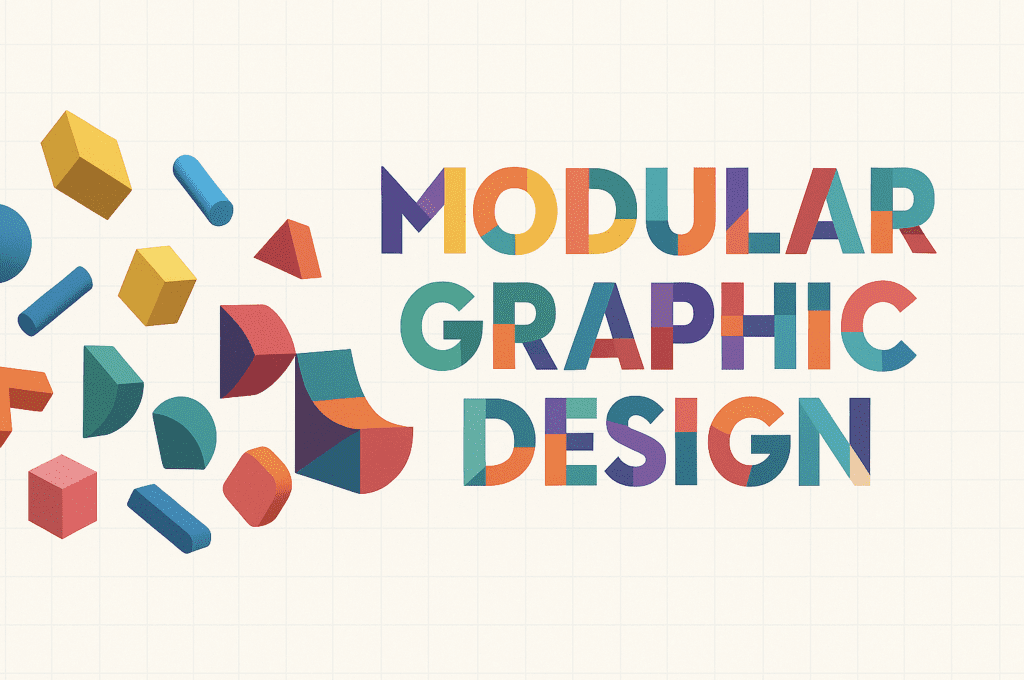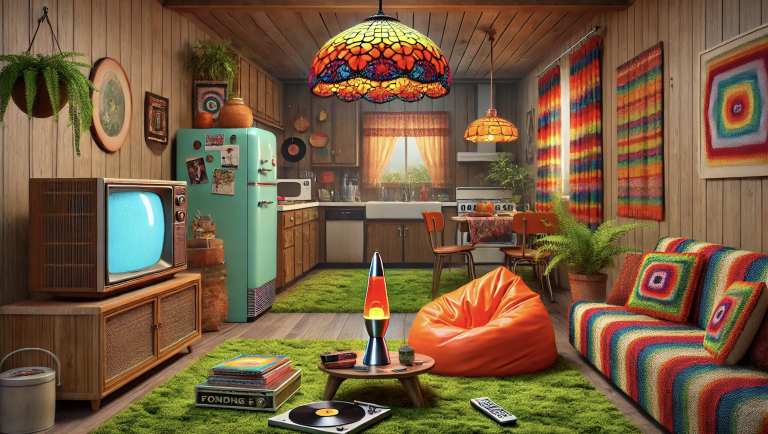Today’s marketplace never stops moving. Consumer preferences shift continually, disruptive technologies emerge overnight, cultural norms evolve unpredictably, and businesses find themselves in an ongoing state of incremental rebranding. Executives and brand leaders face a challenging strategic landscape, where static visual identities quickly become outdated, costly to update, and difficult to scale.
At Bl3nd Design, a friendly local graphic design agency services company serving Abbotsford and the Fraser Valley in British Columbia, we understand these pressures firsthand. Offering services ranging from logo design, brand kits, social media graphics, and product packaging, to vehicle wraps, business signage, and strategic design consulting, we’ve consistently witnessed one essential truth: the brands that thrive aren’t fixed—they are strategically adaptive.
The solution we advocate and employ is modular graphic design, a strategic approach that replaces traditional static visuals with a flexible ecosystem of interchangeable visual components. This article explores the transformative power of modular graphic design, demonstrating how brands can strategically adapt to continuous rebranding needs through intentional, incremental evolution.
The Limitations of Traditional Graphic Design and Static Branding
Historically, graphic design has been viewed through a static lens, producing fixed, finished visuals based largely on subjective personal preferences. While suitable in slower-moving markets, this rigid approach now significantly hinders modern businesses:
- Rapid Obsolescence: Traditional visual identities quickly lose relevance as consumer expectations and aesthetic trends evolve.
- High Costs of Reactive Rebrands: Businesses are often forced into disruptive redesigns, incurring large, unexpected investments.
- Inconsistent Customer Experiences: Static visuals struggle to maintain consistency across evolving brand touchpoints, fragmenting brand presence.
In short, traditional graphic design is strategically unsustainable. To succeed, brands need visual systems built specifically for ongoing adaptation.
Introducing Modular Graphic Design: A Strategic Solution
Modular graphic design redefines branding from singular visual outputs into dynamic, strategic systems composed of interchangeable visual components (modules). These modules seamlessly integrate, enabling brands to adapt swiftly and coherently as conditions evolve. This systematic approach transforms graphic design from subjective guesswork into deliberate, adaptive problem-solving.
Modular graphic design offers brands tangible strategic benefits:
- Strategic Flexibility: Quickly customize and scale visual messaging across diverse contexts without costly disruptions.
- Operational Efficiency: Reduce expenses and time-to-market through intentional reuse and adaptation of visual components.
- Consistent Visual Coherence: Maintain brand integrity across evolving media, campaigns, and business initiatives, reinforcing brand equity.
Embracing modularity thus positions your visual identity as an active strategic asset, intentionally designed for continuous, incremental evolution.
Core Principles of Modular Graphic Design Systems
A successful modular graphic design system strategically incorporates three essential principles, each reinforcing flexibility, consistency, and operational efficiency:
Modular Grid Systems: The Backbone of Visual Adaptability
The modular grid systematically divides design spaces into uniform, interchangeable units, creating an adaptable visual framework. This structured foundation allows effortless adaptation of visual elements across various media, maintaining brand consistency regardless of context or scale.
Interchangeable Visual Modules: Customization Without Compromise
Visual modules—such as logos, imagery, typography, and graphic elements—are designed intentionally to be rearranged, adapted, and optimized for different brand expressions. This modular flexibility allows strategic responsiveness, personalization, and iterative experimentation without sacrificing brand consistency or clarity.
Comprehensive Design System Libraries: Ensuring Strategic Consistency
Centralized design system libraries house standardized, approved brand components, providing efficient access to logos, typography, color palettes, iconography, and imagery. These libraries ensure rapid deployment and consistent adaptation across every brand touchpoint, significantly reducing operational complexity and enhancing strategic brand alignment.
When harmonized, these modular elements produce adaptive visual ecosystems strategically engineered to evolve alongside your business and marketplace demands.
Modular Branding: Facilitating Strategic, Incremental Brand Evolution
Modular branding strategically applies modular design principles across the entire brand identity, facilitating incremental rather than disruptive rebranding:
- Flexible Logo Systems and Brand Kits: Modular logo variations easily scale, allowing your visual identity to evolve strategically without losing brand recognition or equity.
- Adaptive Brand Guidelines: Scalable design frameworks strategically accommodate market shifts, product expansions, co-branding initiatives, or targeted campaigns, preserving visual coherence across every interaction.
- Incremental, Controlled Brand Updates: Gradual visual refinements proactively respond to continuous market evolution, minimizing risk and preserving strategic continuity.
Through modular branding, businesses gain intelligent, adaptive visual identities designed explicitly for strategic incremental rebranding.
Real-World Strategic Advantages of Modular Graphic Design
Businesses employing modular graphic design reap clear, measurable strategic advantages:
- Market Agility: Quickly and confidently launch new campaigns or products without costly or lengthy redesign efforts.
- Operational Savings: Reduce design and implementation costs through systematic reuse of visual components across different contexts and campaigns.
- Consistent Customer Experiences: Ensure cohesive brand messaging across multiple touchpoints, enhancing brand credibility, consumer trust, and customer loyalty.
Modularity equips executives and brand managers with essential tools for navigating today’s continuous rebranding landscape.
Shifting Organizational Mindsets: From Static to Strategic Design
Transitioning to modular graphic design requires organizations to evolve their internal mindset:
- From Subjective Preferences to Strategic Decisions: Replace design guesswork with intentional, data-informed, problem-solving methods.
- From Fixed Identity to Continuous Learning: Embrace visual identity as an evolving strategic system, continuously refined through feedback loops and market insights.
- From Ego to Ecosystem: Foster collaborative, objective decision-making centered around clear strategic outcomes rather than individual preferences.
This modular mindset positions graphic design as a strategic business advantage rather than an aesthetic afterthought.
Overcoming Common Barriers to Modular Design Adoption
Executives frequently encounter internal resistance when introducing modular design methods:
- Fear of Instability: Concerns about abandoning established visuals; modularity strategically preserves and incrementally strengthens visual stability.
- Personal Design Attachments: Subjective attachments to static brand elements; modularity strategically guides organizations toward objective, evidence-based visual decisions aligned with broader business goals.
Clear communication of modularity’s strategic advantages helps executives effectively address these concerns and smoothly guide their organizations through change.
Leading Strategic Visual Evolution with Modular Graphic Design
Change, disruption, and incremental rebranding are now perpetual business realities. The decision executives face is whether their brands will proactively lead or reactively follow these continuous shifts.
At Bl3nd Design, we view graphic design as sophisticated strategic problem-solving, and branding as a system that should always adapt intentionally and proactively. Through our comprehensive graphic design services—including logos and brand kits, social media graphics, product packaging, vehicle wraps, business signage, and strategic consulting—we help businesses throughout Abbotsford and the Fraser Valley strategically transform their visual identities into modular systems engineered for ongoing adaptation, operational efficiency, and market relevance.
We also deeply value educating and empowering business leaders, equipping them with the strategic tools, insights, and confidence necessary to sustain modular visual identities and continuous rebranding processes.
If you’re ready to discuss how modular graphic design can strategically position your brand for continuous evolution, strategic growth, and ongoing marketplace relevance, we invite you to connect with us. Together, we can proactively build an adaptive, modular brand system that ensures your business thrives, regardless of how rapidly the world continues to change.
Resource Citations
Design Shack
Medium Blog
Tiny Technologies
Icons 8 Blog
A List Apart
Research Gate





















